AI Answer Evaluation Platform Live Now. Try Free Answer Evaluation Now

Miller-Urey Experiment
Stanley Miller and Harold Urey in 1953 tested the Oparin – Haldane Theory and were successful in producing the organic molecules from some inorganic
+91-7303290503, +91-9557169661 | MON to SUN 10:00 AM - 6:00 PM
Physical anthropology, branch of anthropology concerned with the origin, evolution, and diversity of people. Physical anthropologists work broadly on three major sets of problems: human and nonhuman primate evolution, human variation and its significance (see also race), and the biological bases of human behaviour.

Stanley Miller and Harold Urey in 1953 tested the Oparin – Haldane Theory and were successful in producing the organic molecules from some inorganic
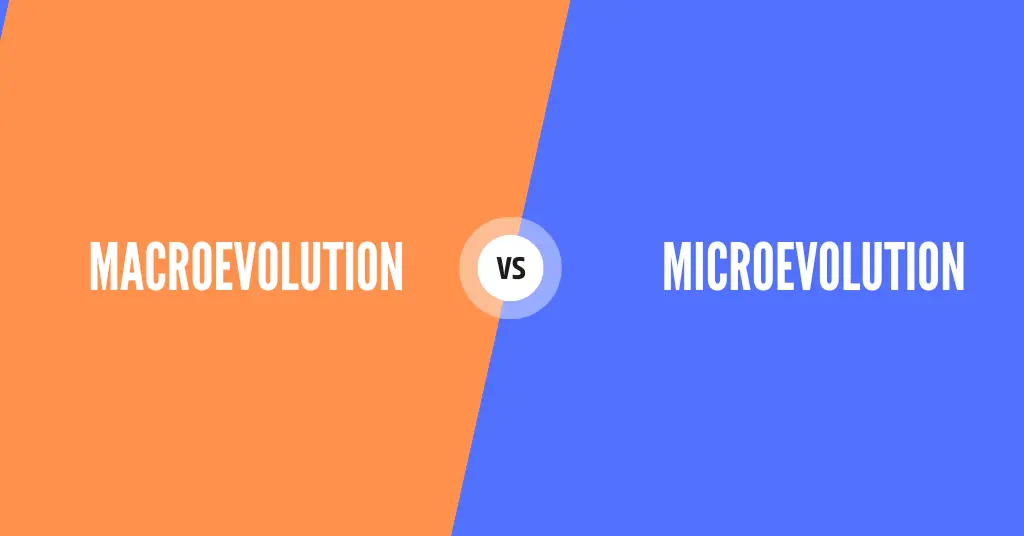
In this article we will be covering the major differences between microevolution and macroevolution.

The "Great Chain of Being" is the term used in medieval culture to describe the hierarchical order of the natural world.

The modern synthetic theory of evolution is founded on the idea of genes, which are hereditary in nature and aid in passing down traits from one generation to the next. It combines the ideas of Mendelian genetics with Darwinian evolution.

The ‘theory of use and disuse’ refers to the concept that all organisms physically adjust to their environment in ways that these new physical characteristics could be inherited by their offspring.
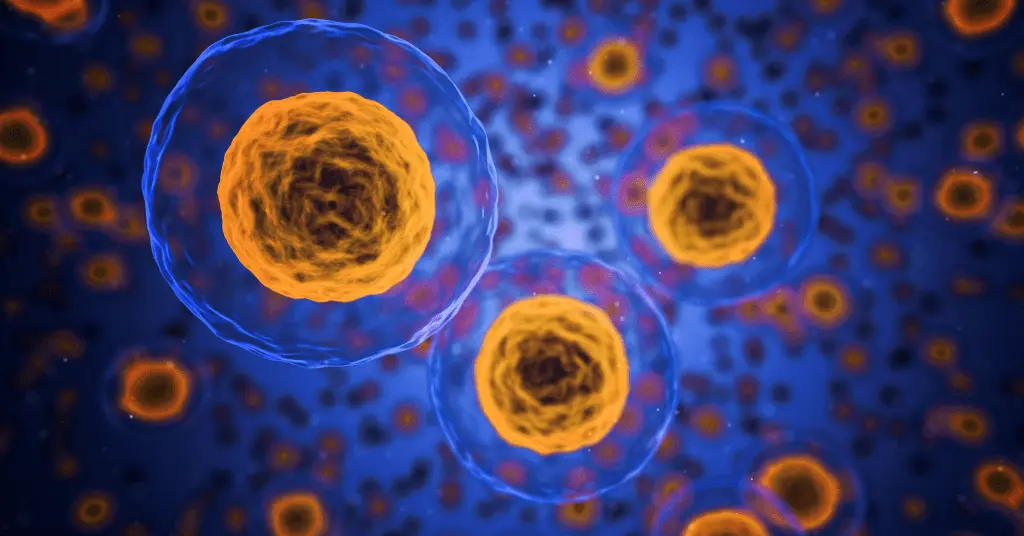
August Weismann an evolutionary biologist gave the theory of continuity of germplasm in 1892 wherein he proposed in his book Die Kontinuitdt des Keimplasmas

Microevolution is the study of small-scale changes in the genetic makeup of populations over time.

The Oparin-Haldane Hypothesis, also known as the primordial soup theory, proposes that life on Earth originated from simple organic compounds that formed in the atmosphere and oceans of the early Earth.
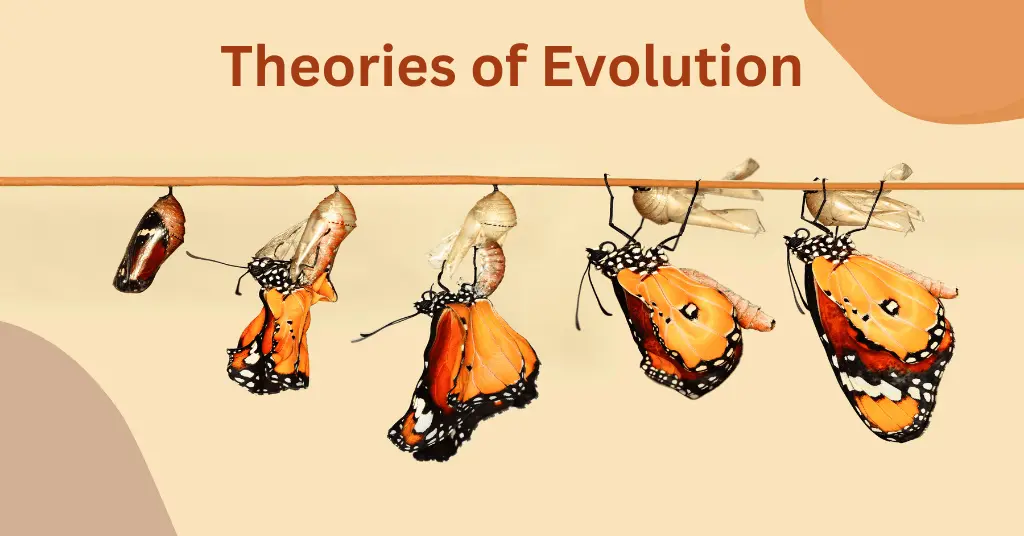
Theories of evolution attempt to explain how species have changed over time and how new species arise.
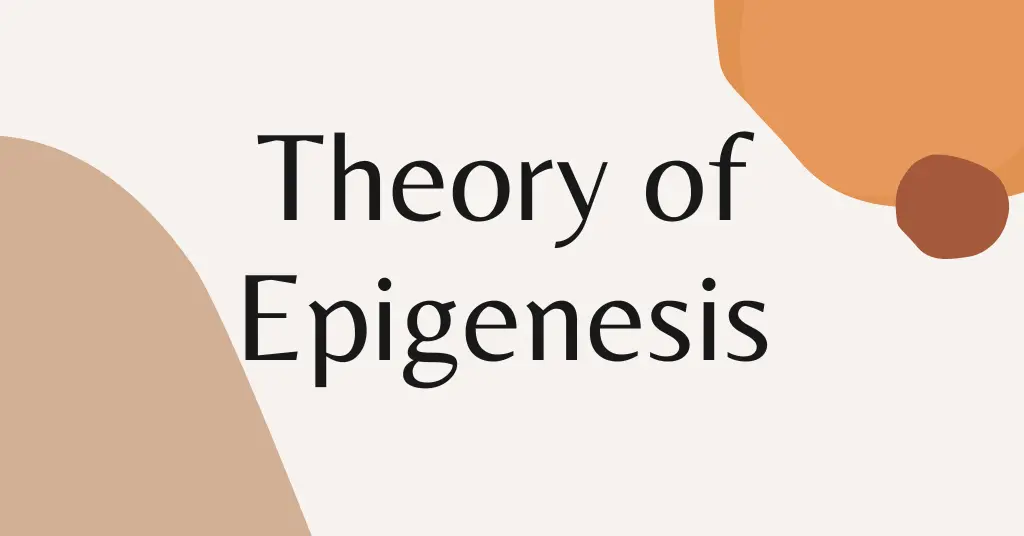
The Theory of Epigenesis is a scientific concept that seeks to explain the origin and development of organisms through the gradual differentiation of cells.
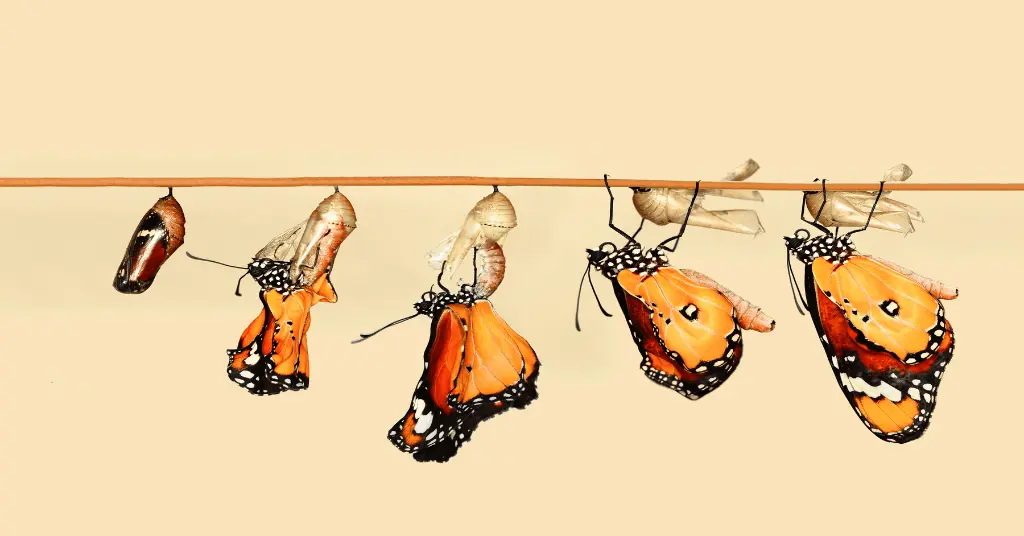
Macroevolution refers to the long-term patterns and processes of evolution that occur over geological time scales, typically involving the formation of new species and the diversification of entire groups of organisms.
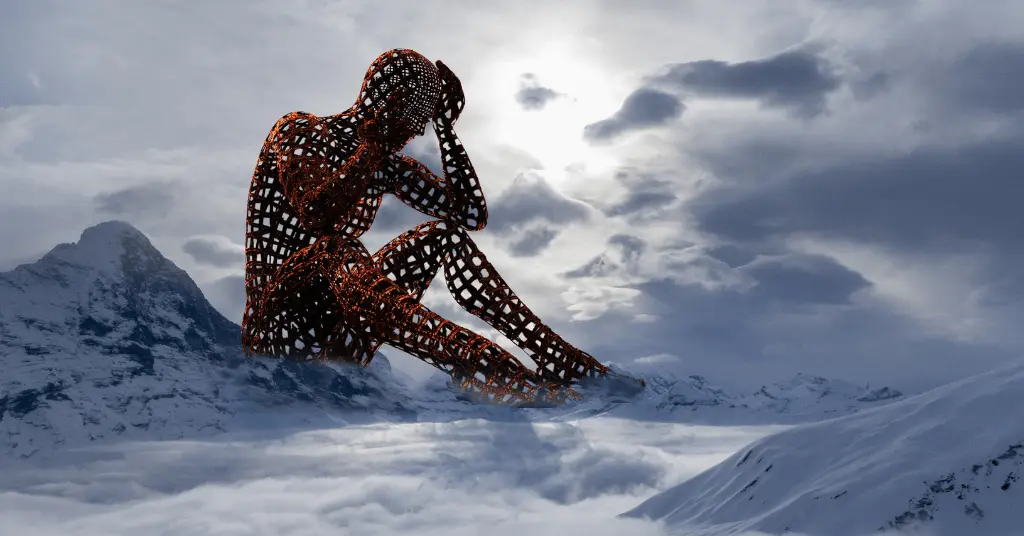
The theory of isolation is a post Darwinian theory put forth by Moritz Wagner. Wagner believed that Darwin was not able to explain the concept of speciation completely.